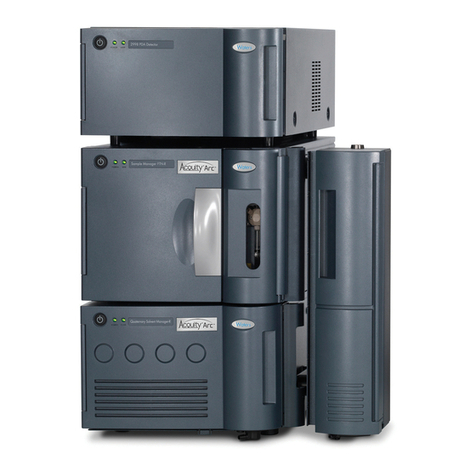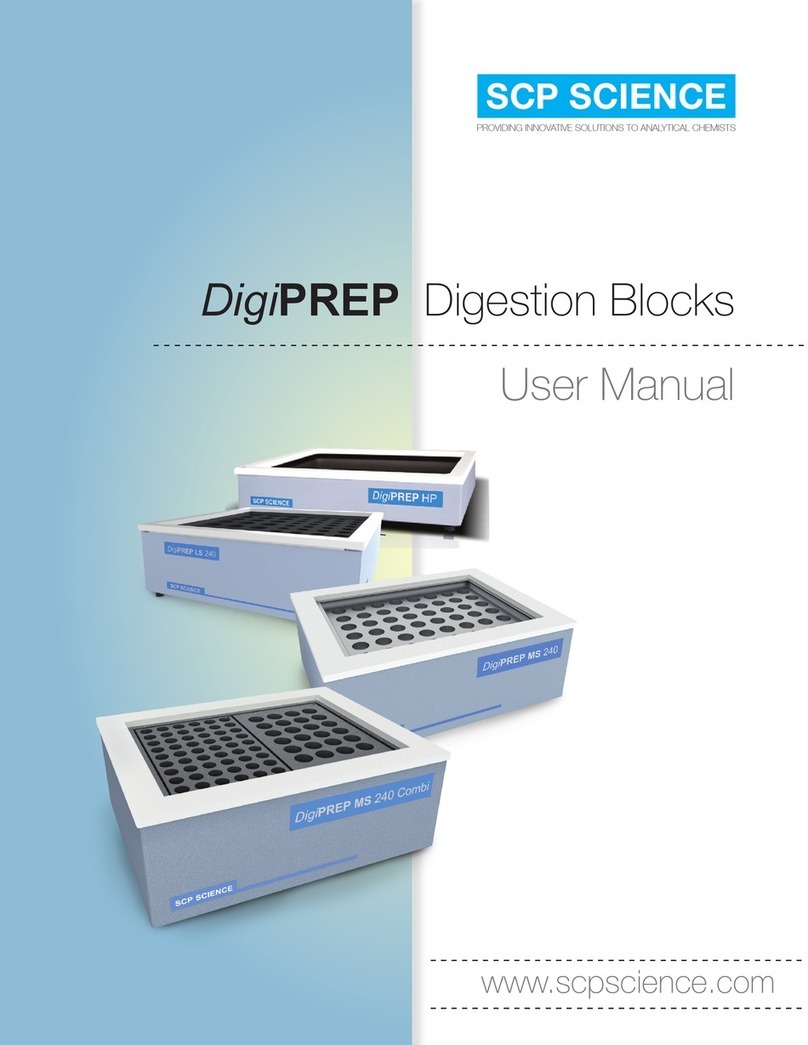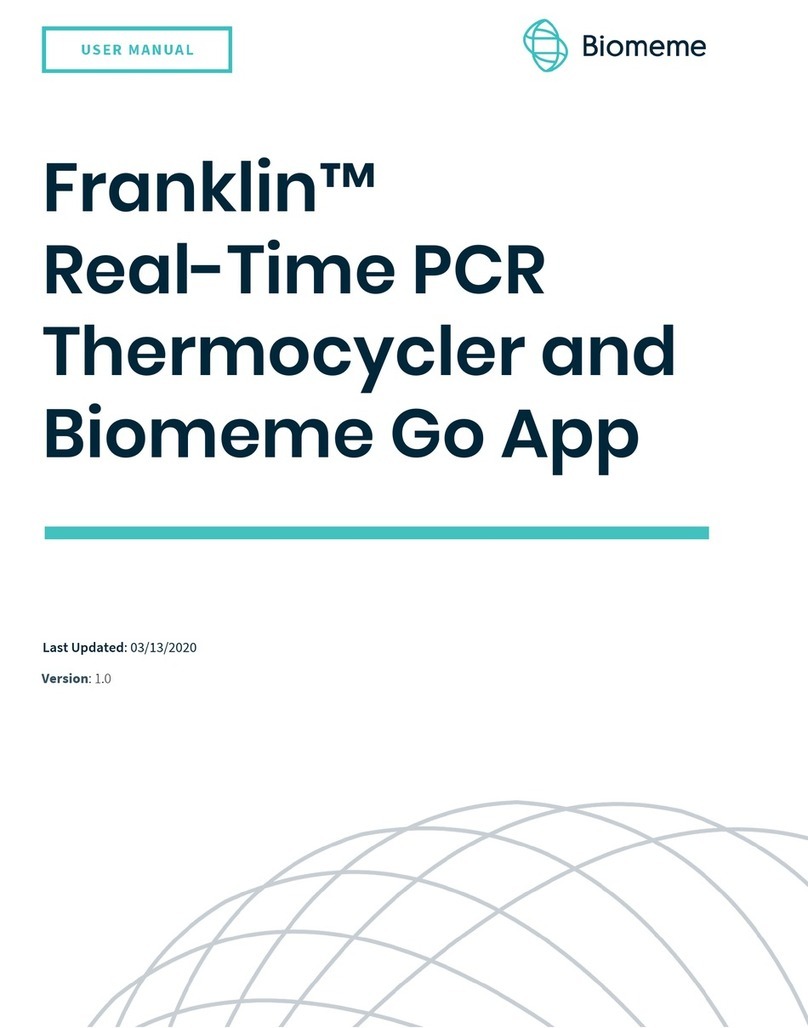Barnstead International Cimarec series User manual




















This manual suits for next models
9
Table of contents
Other Barnstead International Laboratory Equipment manuals

Barnstead International
Barnstead International General Purpose Aquabath 18002 User manual

Barnstead International
Barnstead International 379 Series User manual
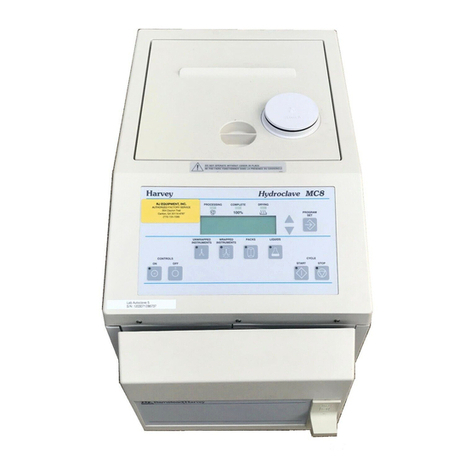
Barnstead International
Barnstead International Harvey Hydroclave MC8 User manual

Barnstead International
Barnstead International Harvey Hydroclave MC8 User manual
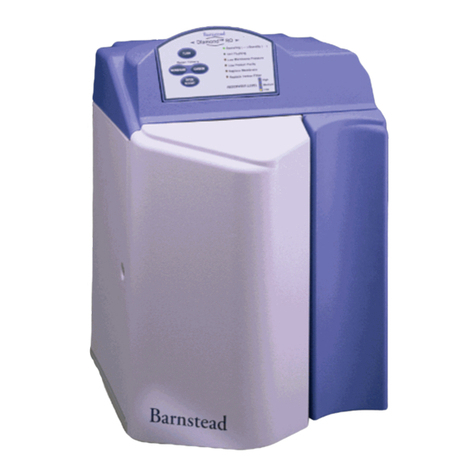
Barnstead International
Barnstead International DIamond 1265 Series User manual

Barnstead International
Barnstead International 1085 Series User manual
Popular Laboratory Equipment manuals by other brands

CANGAROO
CANGAROO PRESTO LS-B329 user manual

Velp Scientifica
Velp Scientifica ARE instruction manual

cytiva
cytiva Ettan IPGphor Cup Loading Manifold user manual
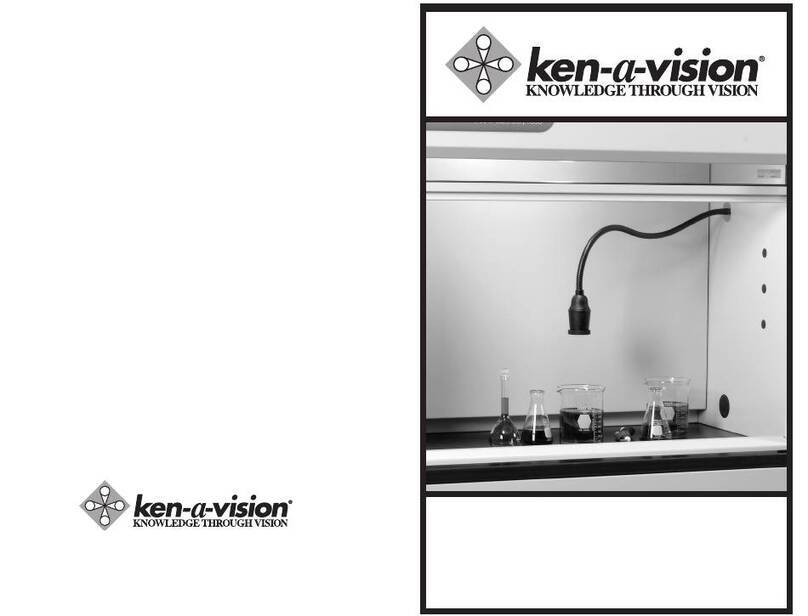
Ken A Vision
Ken A Vision Video Flex 5400 installation manual
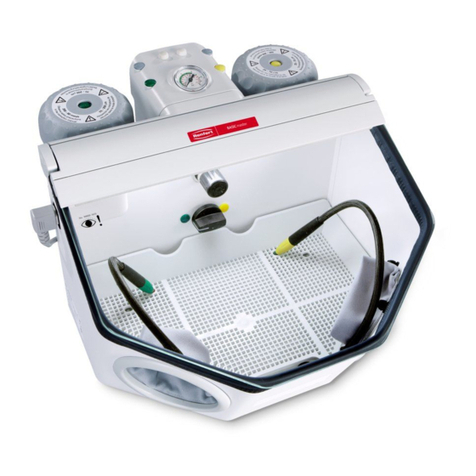
Renfert
Renfert Basic Master Translation of the original instructions for use
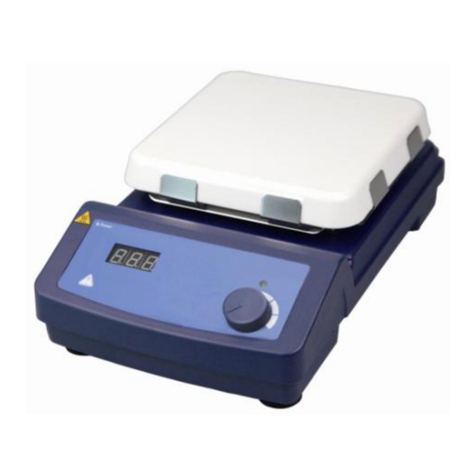
Scilogex
Scilogex SCI550-H user manual
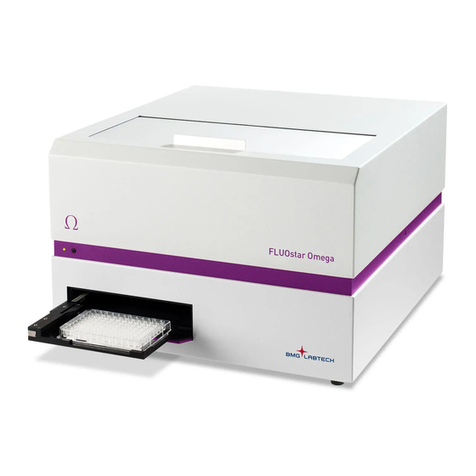
BMG Labtech
BMG Labtech FLUOstar Omega operating manual
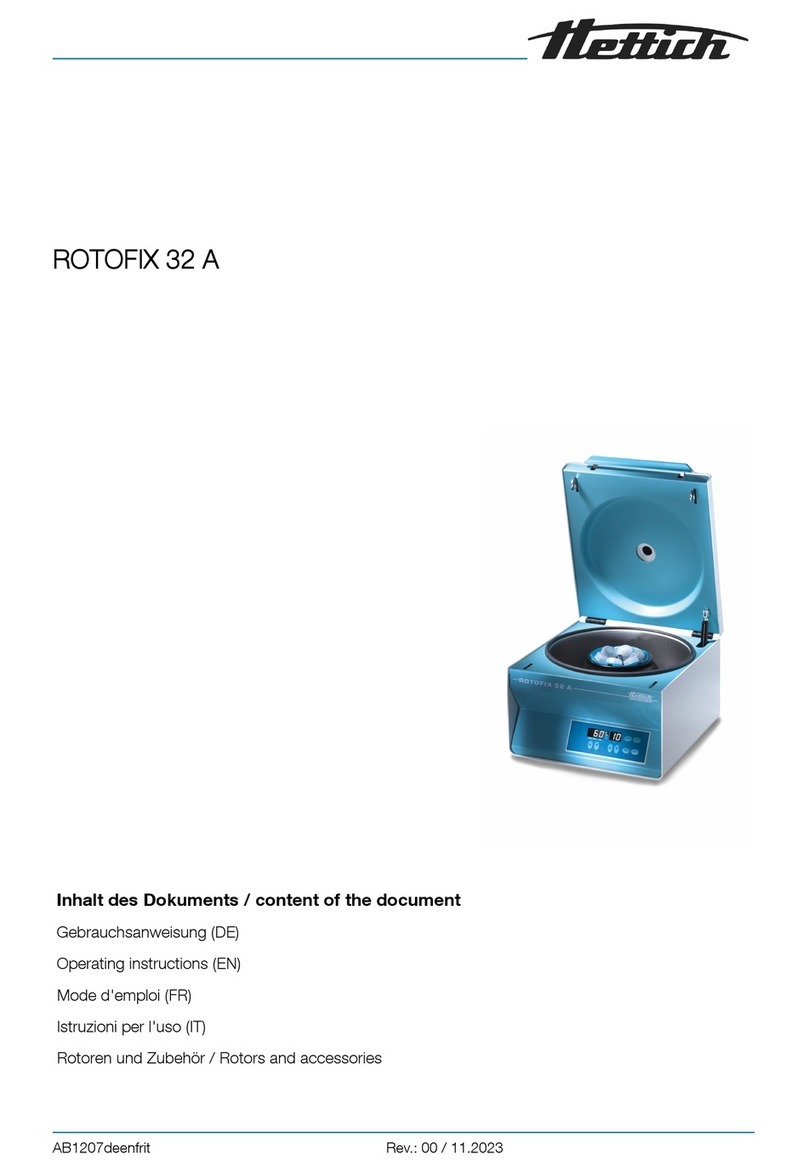
Hettich
Hettich ROTOFIX 32 A operating instructions
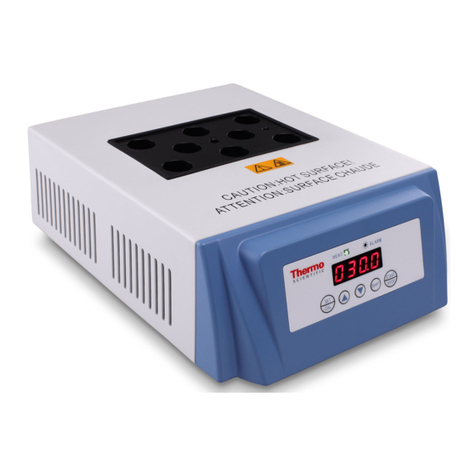
Thermo Scientific
Thermo Scientific 88870001 operating manual
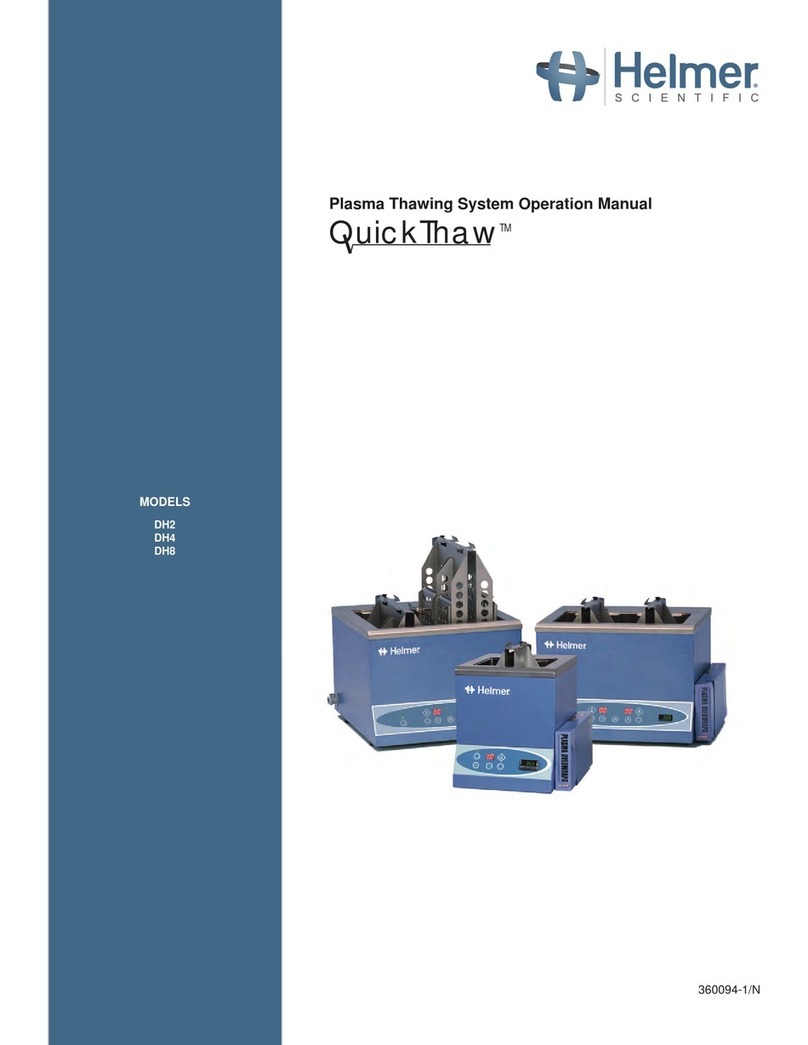
Helmer Scientific
Helmer Scientific QuickThaw DH2 Operation manual
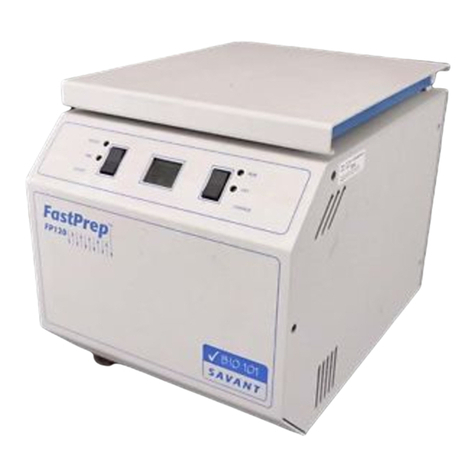
Thermo Savant
Thermo Savant FastPrep FP120 instruction manual

Cannon
Cannon CT-2000 instruction & operation manual
